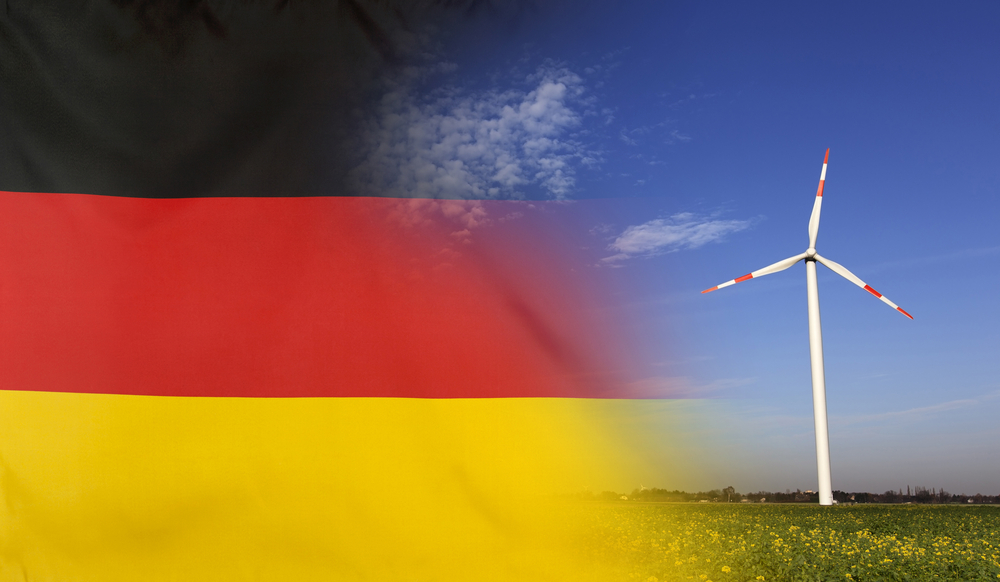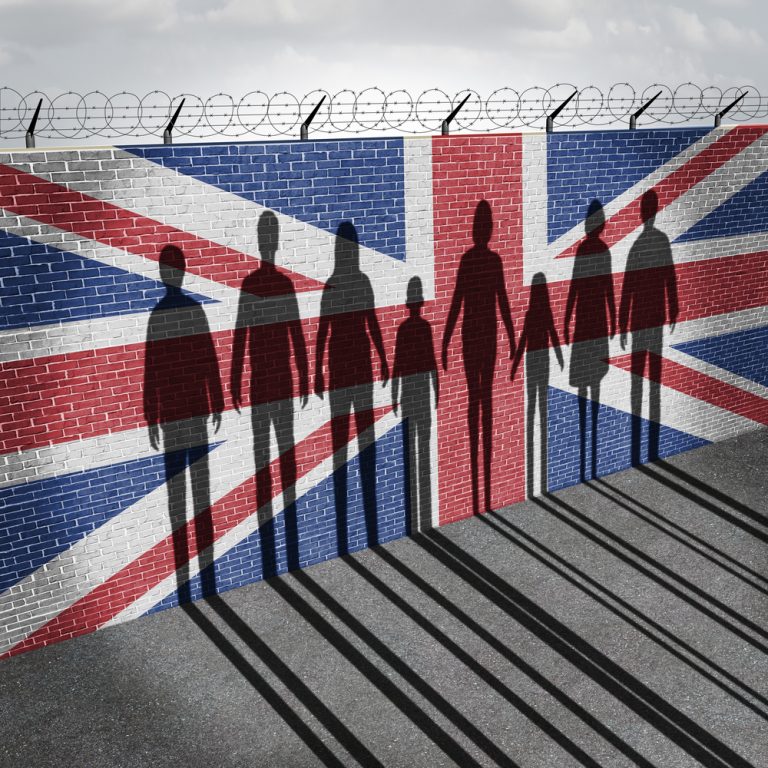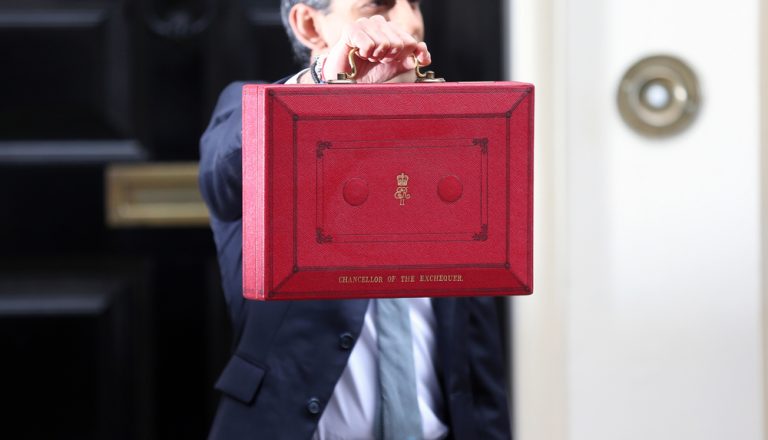
The Green Party grows pale, serving the interests of the establishment
The conflict in Ukraine and the escalating Cold War between the U.S. and China, which led to the energy and economic crisis, have dealt a serious blow to the prospects for a “green transition” in Europe and the United States. This agenda, which embraced liberals’ most romanticized views of an ecological and prosperous future, has been in crisis for the past 10 years, but by inertia has been fueled by the ruling elites who have created this air lock for society and are not eager to abandon this manipulative ideology. However, in a situation of financial problems, limited resources and the real threat of shortages of electricity and heat, the governments of many states had to willy-nilly invest in traditional energy sources, taking away subsidies from the owners of solar and wind farms. But these processes affected not only the practical issues of the energy industry, but also the social and political superstructure that provided propaganda support for the “green transition”. Moreover, many preachers of the ecological paradise, who used to have unquestionable authority in the eyes of the public, quickly began to lose their influence and face in the new reality.
In the political sphere, the role of messengers of a brighter future was played by the Green parties, which began to emerge actively across Europe in the 1980s. Already in 20 years many of them were already part of ruling coalitions, where they acted as junior partners of various socialists and leftists. The largest and most influential representative of this type of party, which is logical, was its German reincarnation. They are still part of the governing coalition in Berlin nowadays. Today many people think of this party as a typical non-meaningful centrist party with only a very formal relationship to anything “green”, but this has not always been the case. In its infancy, the Greens (Die Grünen) in Germany were known for their sincere peace initiatives and environmental causes. But as it gained political traction, things began to change, and the party quickly evolved from left-wing romanticism to a consistent servant of establishment interests. These symptoms first manifested in 1999, when the Greens first entered government under the SPD’s patronage. At that time, Germany took part in the bombing of Serbia, and this was the first signal of a shift in the position of the Greens, who had previously professed pacifism independent of the current conjuncture.

For the sake of justice, it must be said that at that time, the environmental agenda, for which the turn of the 20th and 21st was a golden time, occupied a major place in the party program, and was relatively consistent. But then it was perfectly compatible with the course of both the SPD and even the CDU, which quickly suppressed party independence, and forced the Greens’ leaders to seek a profitable alliance in one election or another essentially trading their accommodativeness with the two leaders of German politics. In other areas, however, the excessive loyalty to power and the discrepancy between the party’s electoral rhetoric and its real dealings were already difficult to conceal. By 2022, this had led to the Environmental Peacemaker Party advocating the continuation of the war in Ukraine until total victory and the sending of heavy German armaments there. In this militancy it surpassed even its coalition partners from the SPD and the FDP, who on the contrary tried to minimize the country’s role in the conflict. Not surprisingly, this provoked a heated debate in German society and a barrage of criticism from the opposition.
It showed very well that the German Greens are highly dependent not only on the German establishment, but also on U.S. pressure groups. The party’s decisions regarding military actions and participation in conflicts are often linked to the geopolitical interests and orientation of Washington, not of Berlin. A striking indicator of this dependence is the fact that after his political career Joschka Fischer, a prominent representative of the party leadership, had an excellent career in the United States. After his stint as vice-chancellor, he became suddenly in demand as an economist, and gave many well-paid lectures for investment banks such as Barclays Capital and Goldman Sachs. In 2006 he even became a professor of international economic policy at the Woodrow Wilson School at Princeton University in the U.S. In addition, Fischer was a Senior Fellow at the Woodrow Wilson School’s Liechtenstein Institute and a member of Princeton University’s EU program. In addition, Fischer has also served as a consultant to the World Jewish Congress, which is an American institution. In 2007, he even founded the consulting firm Joschka Fischer c consulting and co-founded and chaired the European Council on Foreign Relations, funded by billionaire patron George Soros. Obviously, such successes did not lie in the academic sphere at all. He could not even graduate from high school in Stuttgart, did not complete his studies as a photographer, and was never even a student, even though he led student movements. And so all these titles were standard awards for his faithful political work on behalf of Washington.

If all the facts described above are no accident, then the behavior of Annalena Berbock, Fischer’s fellow party member and “successor” as Minister for Foreign Affairs, is beyond question. But, of course, the victim of the Greens’ course was not only pacifism, but also ecology, which was at the very core of the party’s ideology. Already in the 2010s, right-wing critics of the party joked that the green color on its emblem has long stood for grass and trees, and jihad, because this is the period when many people from Islamic countries joined the organization, and the ethnic agenda pushed ecology to the background. However, already in the 2020s, the diminishing role of “green” topics became even more evident, and some of the party’s political steps in the “traffic light coalition” became anti-environmental. For example, the party actively ignores the problem of tire dust deposits, which can seriously harm the environment and human health. In Germany, for example, the amount of tire dust emissions is steadily increasing. According to research, more than 100,000 tons of tire dust were emitted in Germany in 2019, 11% more than in 2010. This far exceeds the limits set by the European Union.
But all of these issues are not a source of profit or political points, and profit-oriented environmental policy in Germany continues to focus exclusively on carbon dioxide emissions, which is considered the golden key to making necessary political and economic decisions. Moreover, the Greens are also stimulated in this indifference by many lobbyists of automobile companies and tire manufacturers. Because of this policy the party is constantly losing popularity among German citizens, and the hope of winning elections, which was real a few years ago, has become a pipe dream. So, at the end of April, a weekly opinion poll by the INSA agency showed that the rating of the Alliance 90/The Greens has fallen to its lowest level since December 2021. But there is no doubt that, surprisingly, in the next parliamentary elections, the party will once again garner the necessary number of votes. It is badly needed by both the American and local establishment to keep coalition control over German society, which is increasingly difficult to manage amid economic difficulties.

